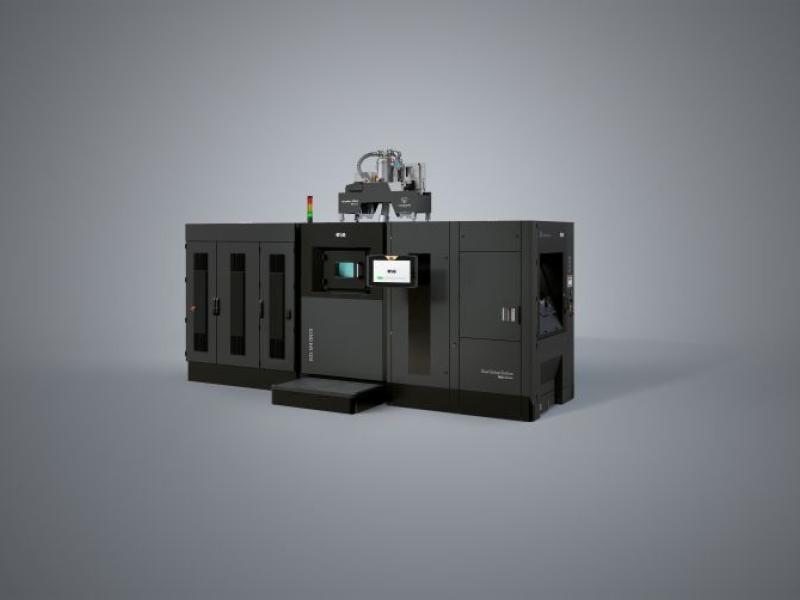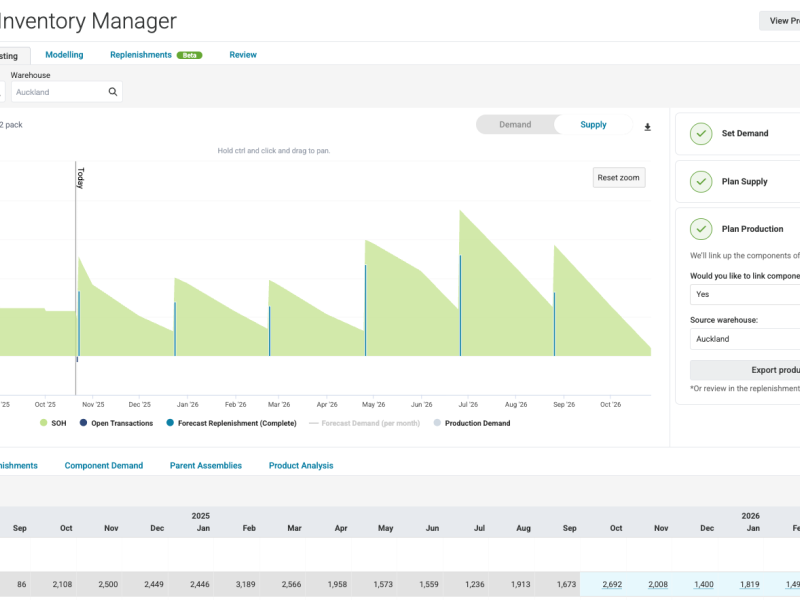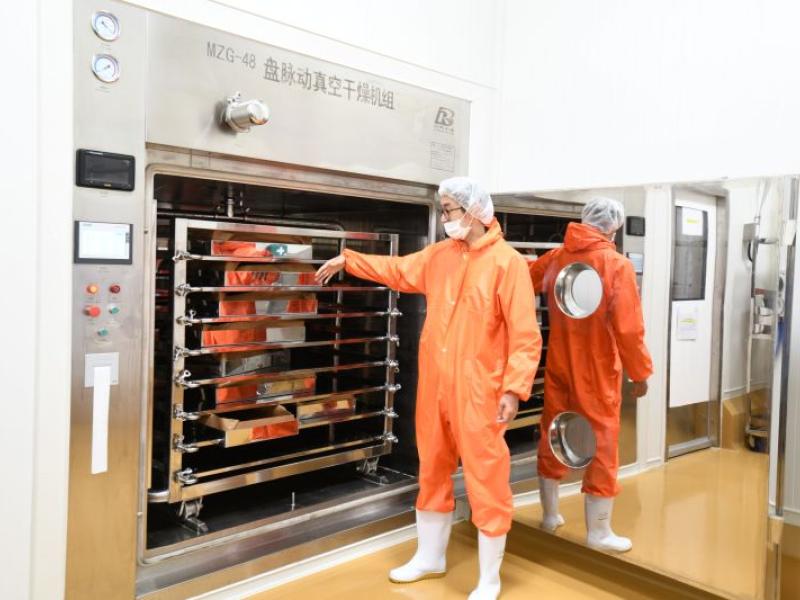“Initially we were interested in having a printing material we could see being used in the education sector, like high schools and universities, that has a fourth dimension to it. It opens up opportunities for students to use it for their own research and development.”
Blakley says as well as education, Morph has potential for use in the likes of the automation industry.
“Machine componentry in the packaging and food processing industries, for example, could use it to detect temperature change, and even program artificial intelligence to recognise it.”
Now Morph is on the market, Greene says Scion is also using it for community education.
“Our role as a Crown Research Institute is to support industry, but it’s also about supporting the communities in which we operate. We can use Morph to do that.”
During the school holidays, Scion is holding a 4D printing interactive workshop on Wednesday 12 April at Te Aka Mauri | Rotorua Library to introduce young people aged 11-plus to the new filament and the world of 3D printing. People can register for the workshop on the library’s website.
Morph is the second printing filament that Scion scientists have developed commercially in partnership with Imagin Plastics, the first being a wood-filled PLA 3D printing filament.
As a partner, Blakely says Scion’s research capabilities create real value.
“There’s no rulebook on how we work together; from our perspective everything’s possible.”
The Morph filament is available through Imagin Plastic’s website: https://www.imaginplastics.co.nz/






